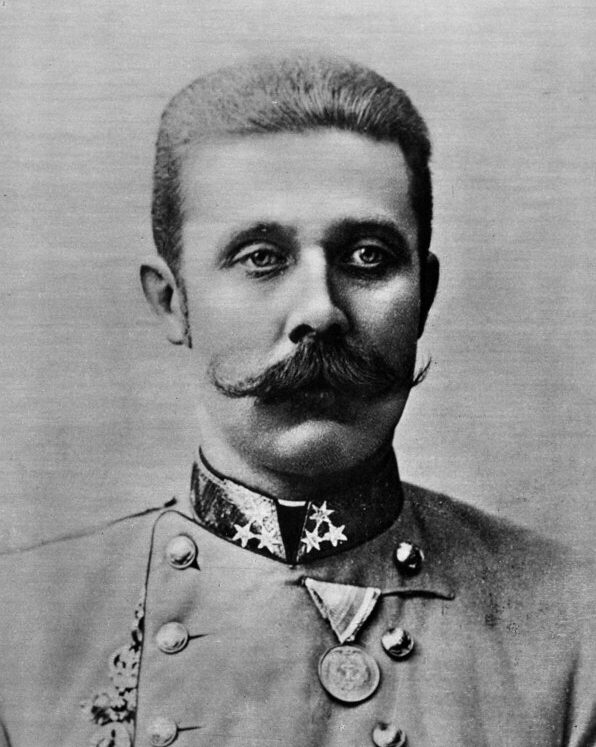The War Era and Ancient History
In our late June email blast, we mention there’s a lot going on this week in history. We couldn’t pick just one thing, and the two we narrowed it down to are at opposite ends of history, if you will. On one hand, we can’t let the assassination of Archduke Franz Ferdinand go by without discussing it. On another hand, Constantine and Licinius first clashed this week, spelling out the end of pagan Rome and the permanent rise of Christianity.
The Assassination of Franz Ferdinand
The Library of Congress has saved some wonderful old newspaper clippings announcing the assassination on June 28, 1914. Reactions varied wildly, from shock and sorrow to shrugging shoulders. Over the course of the next month, the world watched with baited breath to see what the fallout would be. Europe, of course, was already tense, tangled between sticky alliances and new ideas of government battling entrenched ones. Austria was left hanging, with an aging emperor and no one ready to take the reins. No one knew if the assassination was going to blow over or be the spark that lit the blaze.
One prominent English statesman summed up this uncertainty, and also hope, upon hearing of the Archduke’s death. “The danger of war in central Europe is greatly lessened by the assassination,” he said publicly, also claiming the Archduke was not a nice man and was not widely liked. Regardless of whether that was true, Austria decided it could not let the infraction stand and declared war on Serbia exactly a month later. Immediately Europe crumbled into violence. The Great War had begun.
What followed was thirty years of struggle and bloodshed on a scale the world had never seen before. While it’s hard to summarize all that caused the war, we’ve recently re-organized our website so it’s easier to find WWI-related products.
The First Battle of Adrianople
The second Battle of Adrianople, where Valens was not only defeated but taken prisoner, is the most famous of that name. But there was another battle at the same site fifty years earlier, between Constantine the Great and Licinius I. The two men were old allies and brothers-in-law, but that didn’t stop Constantine from turning on his former friend in his quest for total power. Licinius was a fair commander, but Constantine was the superior tactician. He snuck across the river, took on Licinius’ larger army and well-defended camp, and won a staggering victory. After a few short months of brutal fighting, the first christian emperor permanently defeated the last garrison of pagan Rome. Rome had been fragmented, but Constantine reunited the Empire under a new banner: the Chi Rho.
We at ECC are always fascinated by Constantine’s escapades and the world’s slow turn from paganism to Christianity. While we so often focus on Constantine and his sons, this time we wanted to let Licinius have the spotlight. He issued similar coins to his brother-in-law, such as the Jovi Conservatori series, ironically meant to show religious and political unity between the emperors. Many of his coins are beautifully preserved.




